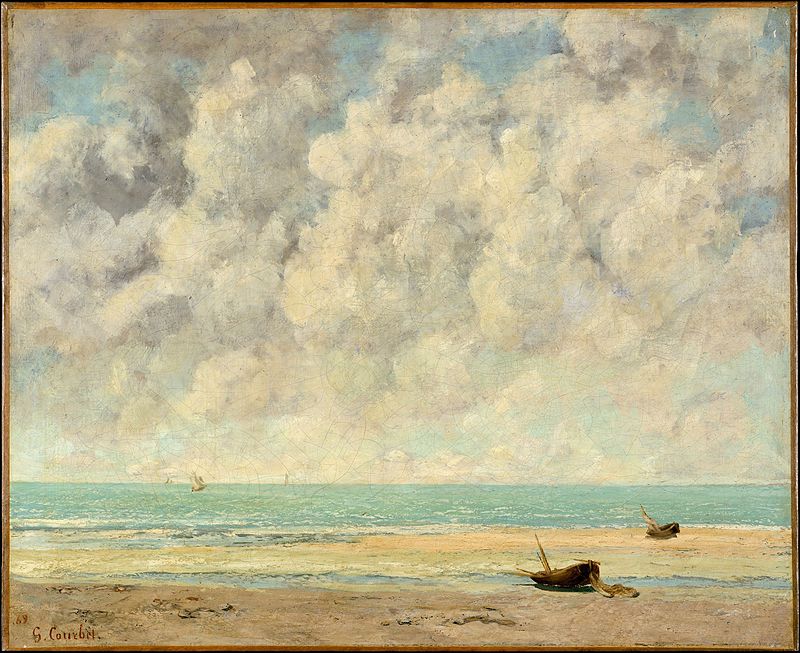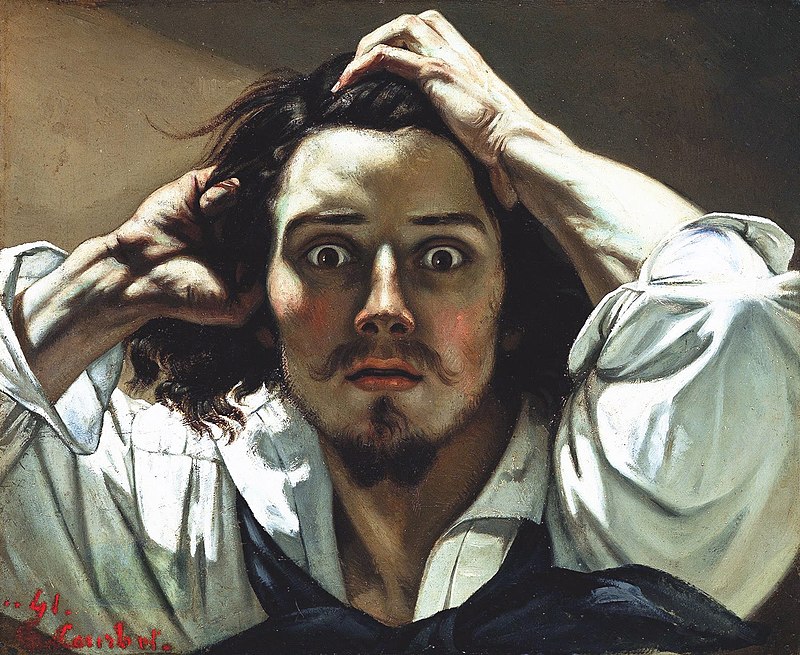The Founder of Realism and the Original Artist-Activist

Somewhere just outside the border of the Impressionist Wing of the Metropolitan Museum of Art, hangs an idyllic seascape by Gustave Courbet. The painting is aptly titled The Calm Sea as it depicts waves gently rolling upon a pristine beach. Two empty fishing boats sit in the foreground while three sailboats cut across the smooth ocean just along the horizon. Vast cloud puffs fill the upper three-quarters of the frame like a head of beer overflowing it’s vessel. This ratio was chosen to express the enormity of the sky and humble the viewer before nature’s vast beauty.
While The Calm Sea is a highlight among Courbet’s extensive collection of work, it is in no way indicative of the artist himself or his sensational career. Courbet was born in 1819 Ornans, France. His family were financially successful farmers. While he was afforded a comfortable upbringing, he was constantly faced with the plight of the agricultural lower class. The striking social inequalities of post-Napoleonic France, at the dawn of the Industrial Revolution, influenced Courbet throughout his career.

Courbet began his career in the early 1840s painting romantic self-portraits and literary characters but quickly grew tired of such frivolous subjects. Inspired by the Dutch Masters such as Rembrandt, he dedicated himself to only painting the world he lived in as realistically as his talent would allow. In 1849 he won the gold medal at the Salon, the most prestigious art award in France at the time, for After Dinner at Ornans. This was the first substantial piece in what would become the Realism school of painting.
